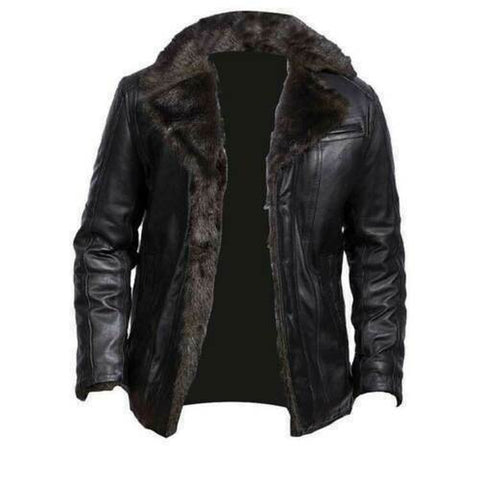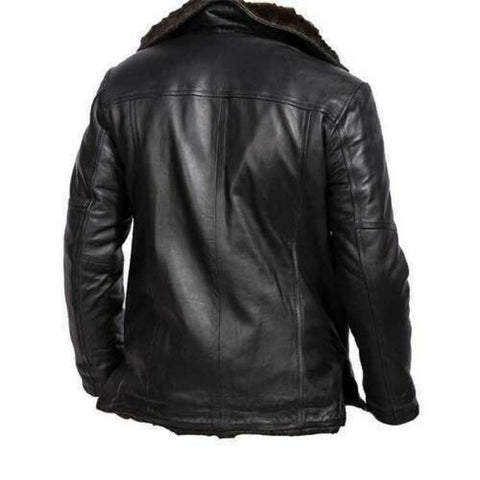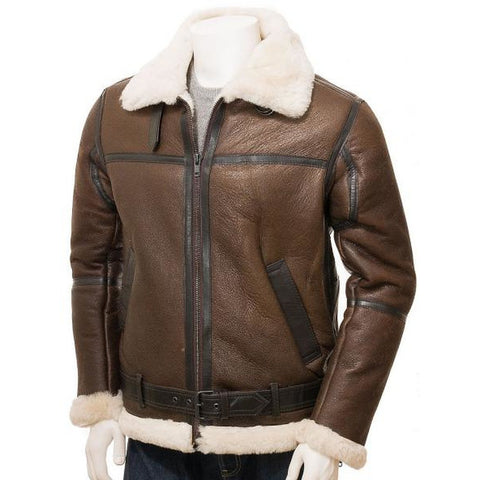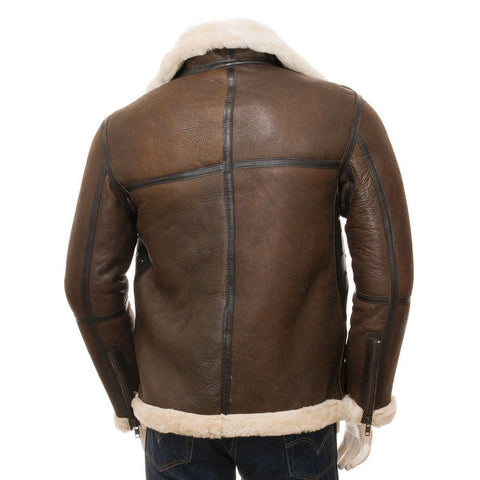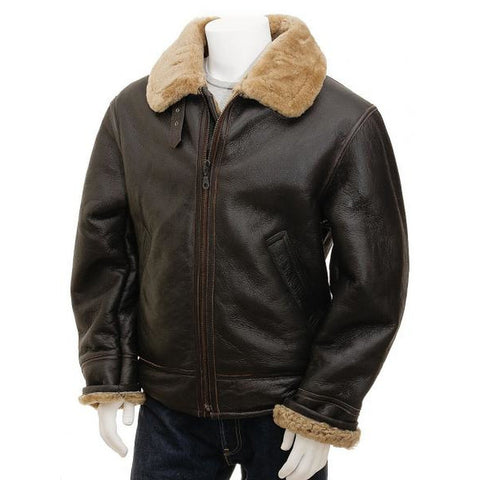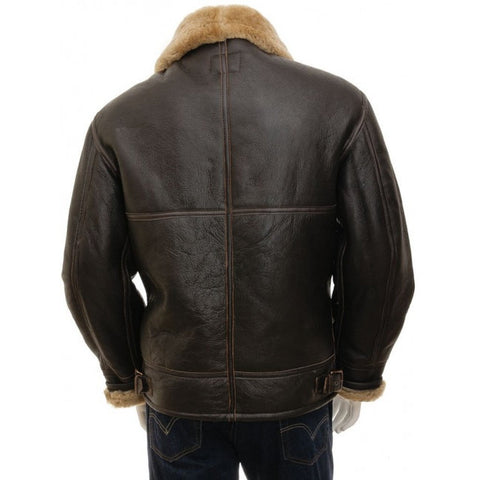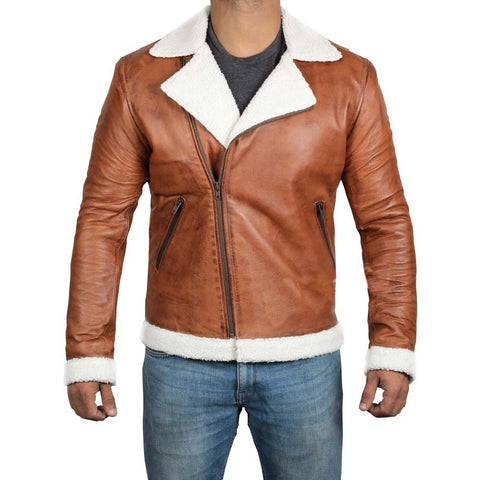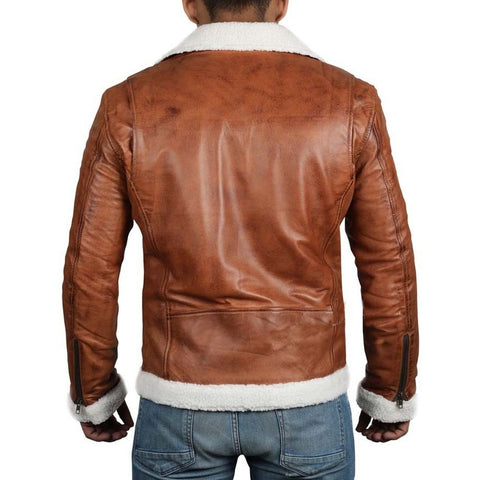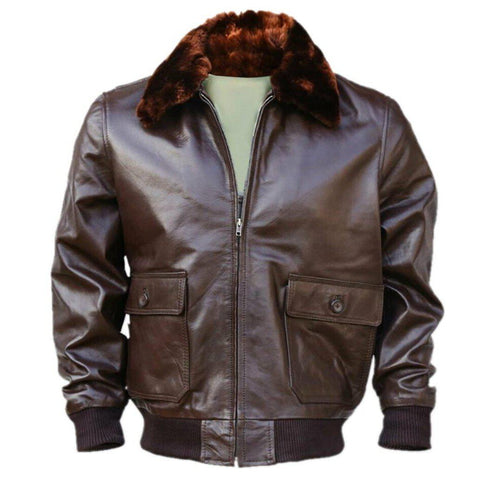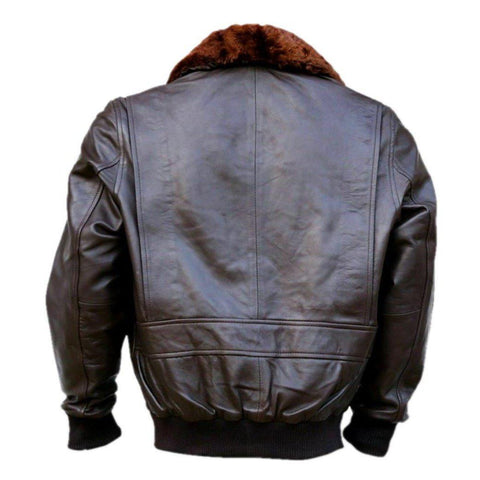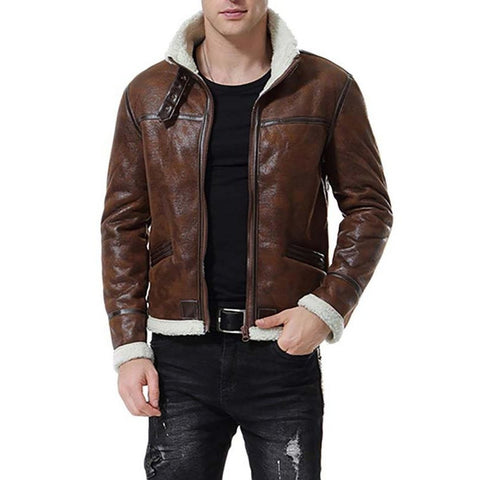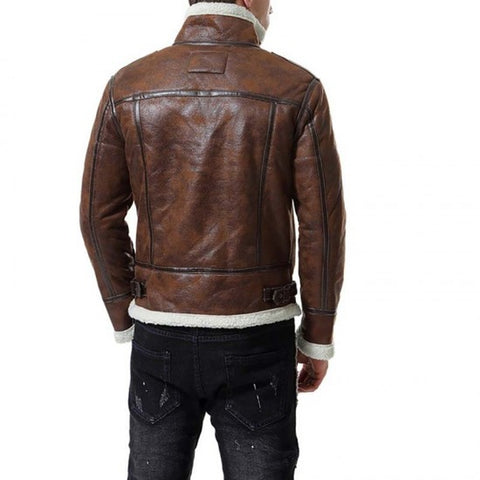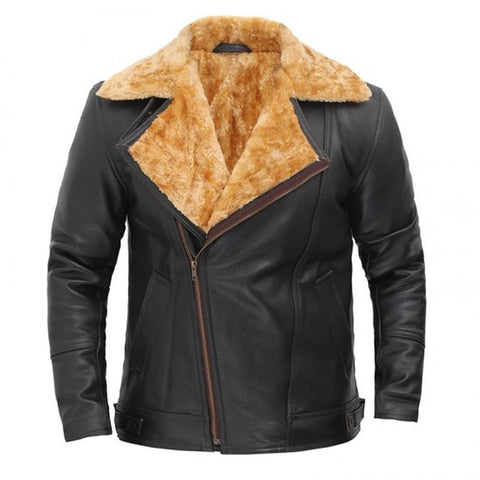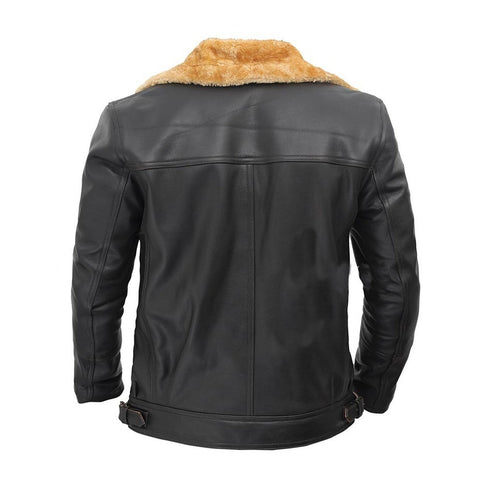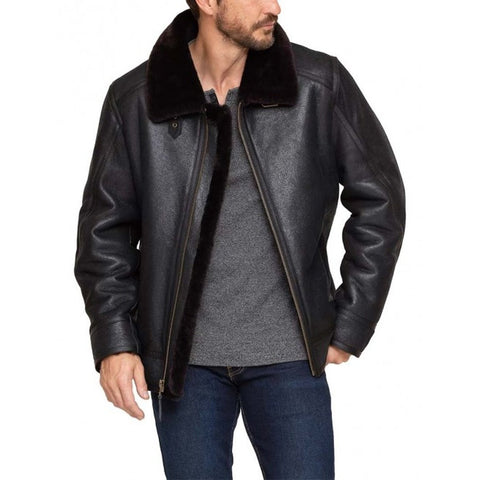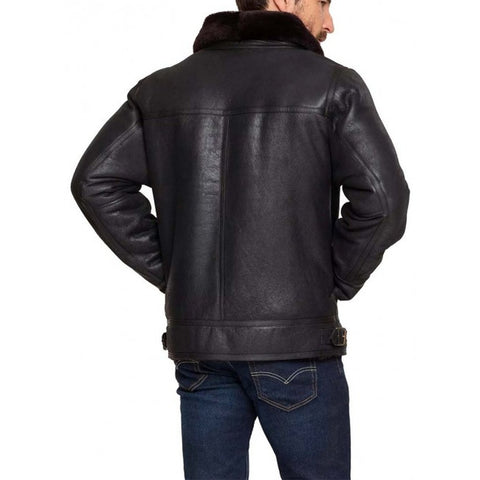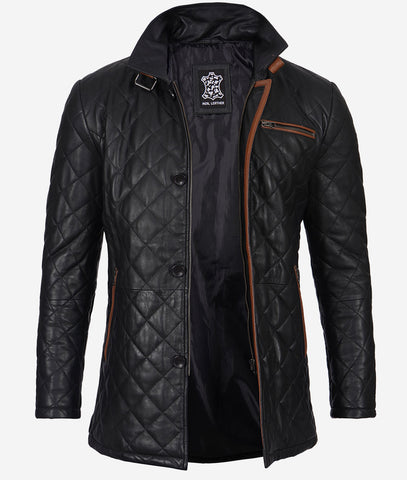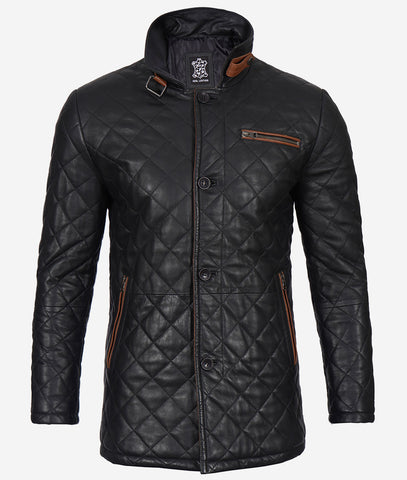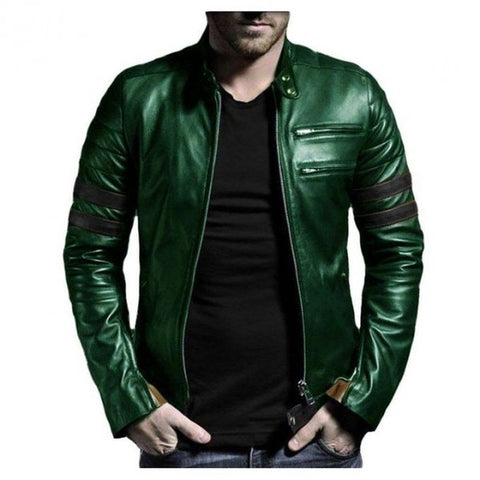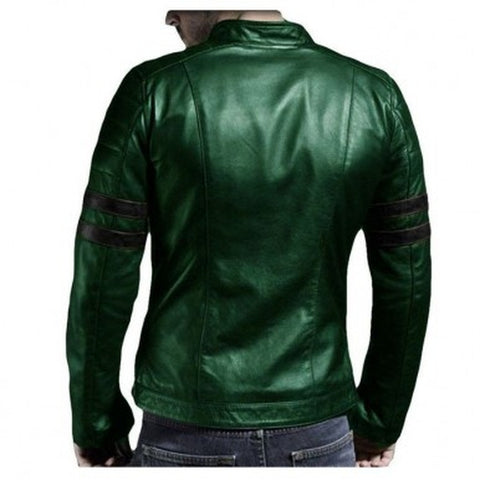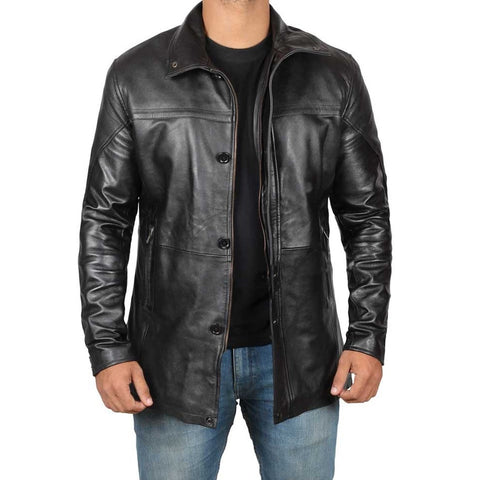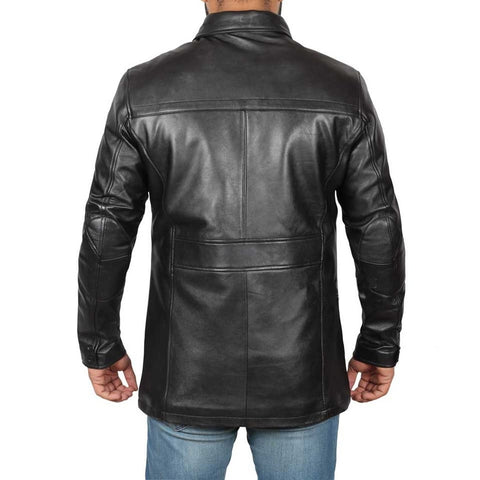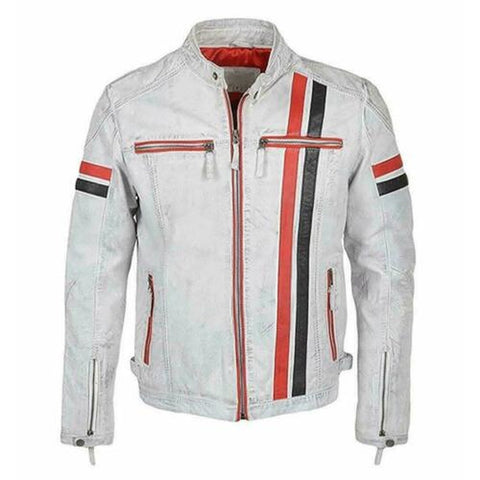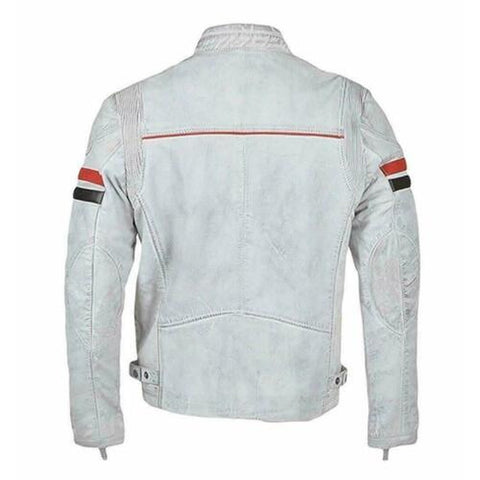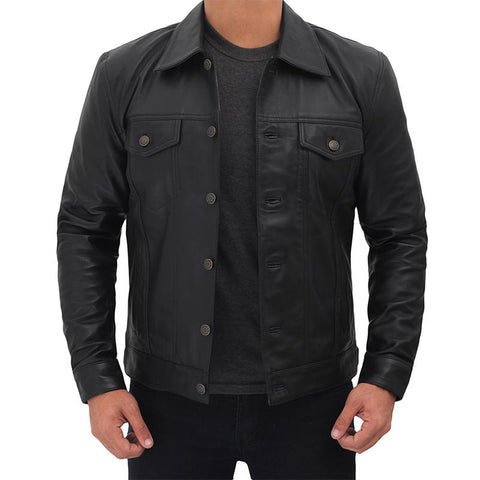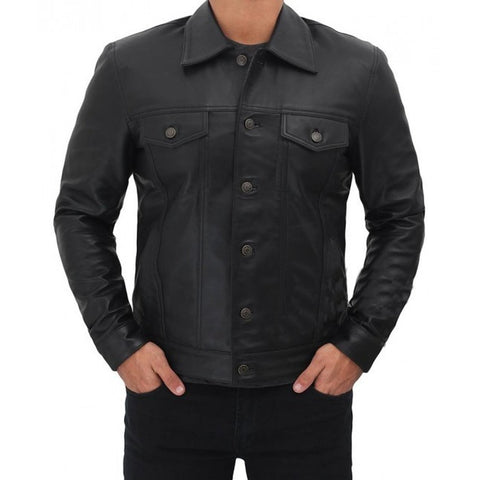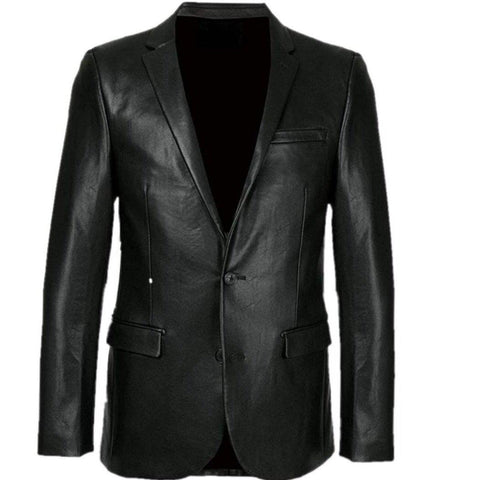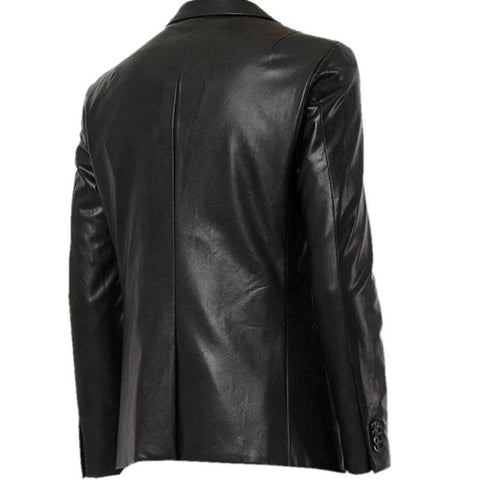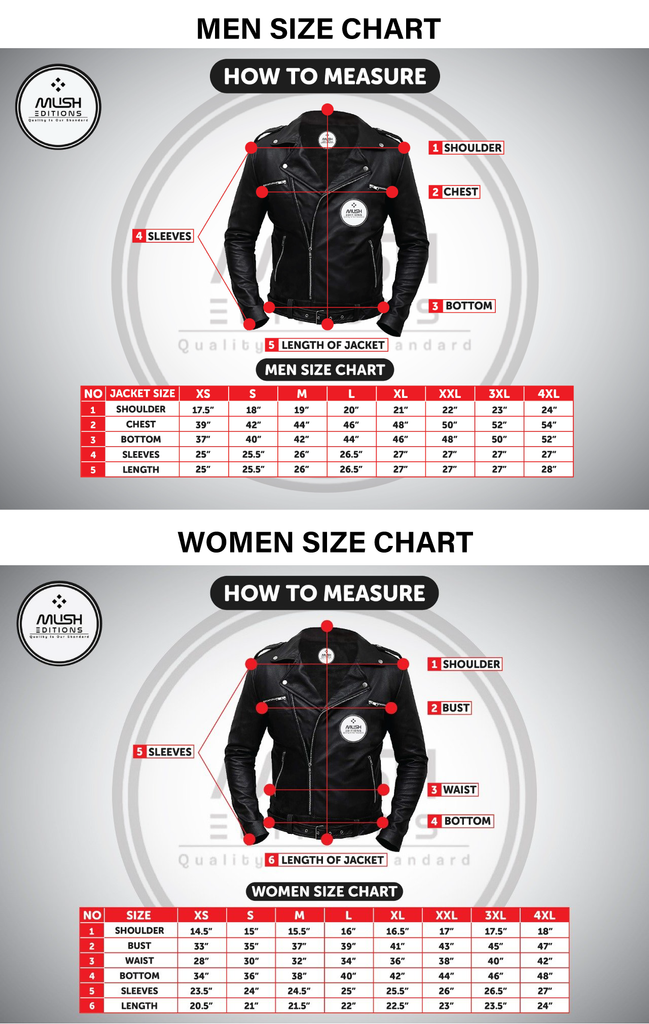CRACKED LEATHER JACKET: CAUSES AND TIPS TO AVOID IT
Leather is one of the most exquisite clothing fabrics. No wonder it is quite popular in almost all parts of the world. Soft yet robust, supple yet smooth, heavy yet ultra-comfortable - it has one of the most diverse features, which explains the hype around a good-fit leather jacket.
Leather is high maintenance. Let us put it this way: the more you take care of it, the longer it will last. But considering its timeless look, it's a fair deal. Even if you haven't experienced it yet, you must have heard about leather cracking. It is the only drawback of this staple. But the fortunate part is - it's pretty simple to prevent your leather vest from degrading.
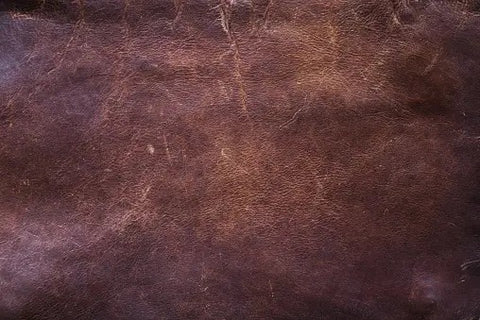
Below are some common reasons that can result in a cracked leather jacket. Along the post, you will find some bonus tips to help you avoid leather cracking.
Humidity
Humidity is one of the most critical factors in determining the health of the leather. Storing your jacket at the wrong humidity level (regardless of whether it is high or low!) can cause your leather to degrade over time. You see, leather is a highly porous material. These unlimited pores on the surface of the leather act as a gate for allowing moisture in and out of your jacket. In most cases, it poses no concern until the air is excessively humid or dry.
Too much humidity in the air causes the leather to absorb moisture. It makes the leather prone to damage. But an even worst-case scenario is when the air has less moisture. It causes the leather to lose vapors, making the surface highly dry. In most cases, this dryness will ultimately result in cracks on your favorite leather blazer.
What is the right humidity level for storing leather?
Regarding the proper humidity level, mediocrity is the safest bet. In other words, anywhere between 40-60 percent is the way to go. Anything above or beyond that might not be the best case for your leather jacket.
Leather Quality
Leather quality varies in four grades: full-grain, top-grain, corrected-grain, and bonded-grain. As you might have guessed, full-grain is the best quality while the others closely follow. Just because two leather jackets might look the same on the outside doesn't necessarily mean they have similar quality characteristics.
It's pretty simple. The bonded-grain leather jacket will start degrading in about four to five months (even if you do everything right to take the best care!). On the other hand, both full-grain and top-grain will have a much longer durability level.
The corrected level can be stored long enough when buffed and polished correctly. This way, its fragile site remains protected. In a nutshell, if we talk specifically about leather cracking, bonded-rain leather is the main culprit of all four grades of leather.
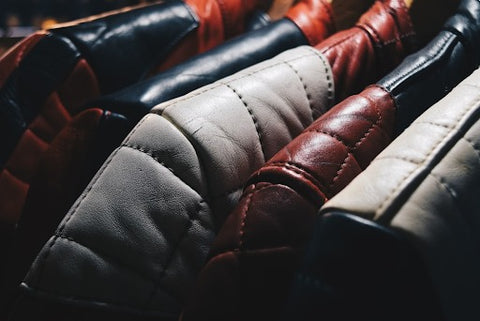
No Conditioning
For instance, you are storing your leather blazer in a climate-controlled environment and investing in good quality. Despite this, if you notice any degradation, that's most likely because of the lack of leather condition. Let's have a look at why it is so important.
Conditioning is done on the leather to hydrate it by lubricating the fibers from the inside out to reduce friction. It reduces the overall abrasive forces. Thus making your leather jacket less susceptible to cracking.
What is the right way to condition a leather jacket?
The best way to condition a leather jacket is by using a beeswax conditioner. All you need to do is massage it well on the jacket's surface and let it be absorbed. Use a small amount to avoid over-conditioning. In fact, as a general rule, make sure to condition your jacket after every three months. We have a post dedicated to this if you need more detail about how to condition a leather jacket.
Improper Storage
You need to store your leather staples just the right way. Let's say you picked it up for the off-season and folded it to store on a shelf. That's an absolute red flag. Over time, the creases will deepen. That will ultimately result in leather cracking.
Another unwanted factor here is the stale air of the unopened closet, which will cause excessive dryness. As expected, this will make the cracks go even worse. That said, open places with direct access to heat and sunlight aren't the best for leather storage either. It might cause your leather vest to be prone to wear and tear.
How should you store leather jackets?
The best way to store a leather jacket is to hang it vertically. Another thing you need to take care of is providing adequate shade and ventilation. Taking it out occasionally to condition it will help it stay fresh even during the storage periods.
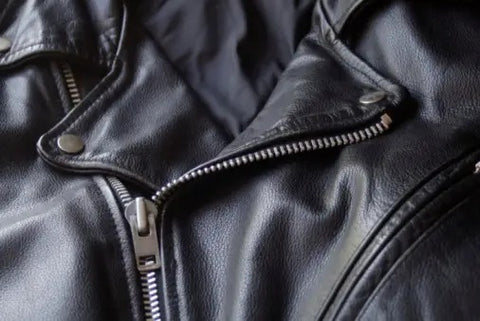
Conclusion
Avoiding your leather jacket from cracking is in your hands. With the most minor efforts, you can ensure that your favorite outerwear stays classy for as long as possible. The fact that this chic staple never goes out of style will make all these efforts worthwhile. Regardless, if you discover that your leather vest has cracks for one reason or another - there's still nothing to worry about. All you need to do is read our post about how to fix leather cracks in simple steps!
 Buy Now, Pay Later Starting at 0% APR
Buy Now, Pay Later Starting at 0% APR











